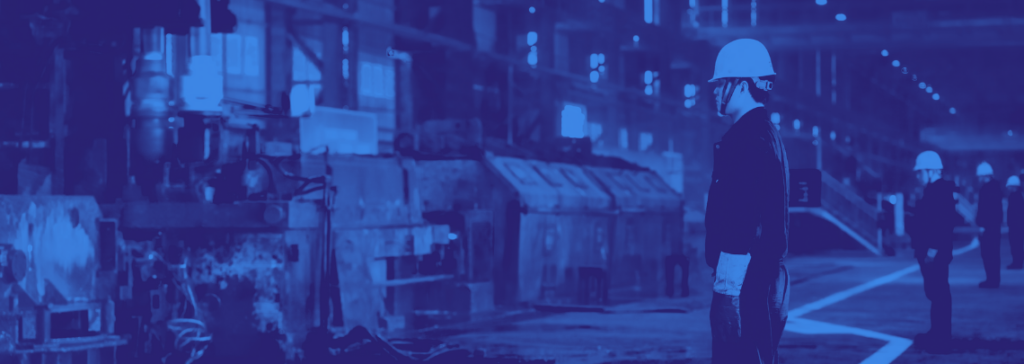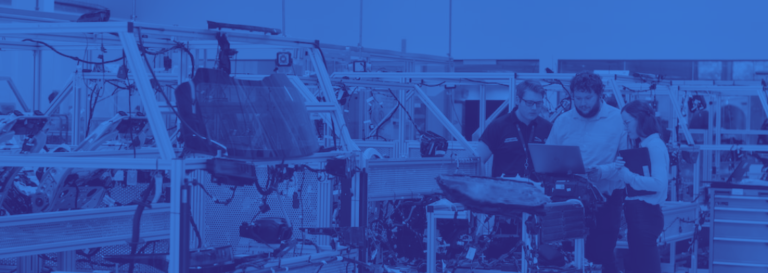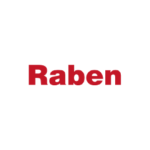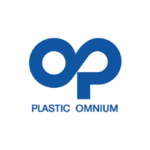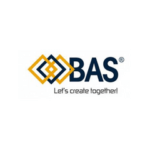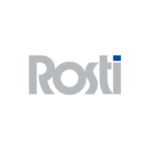Istotną częścią pracy osób zajmujących się planowaniem i harmonogramowaniem produkcji jest zbieranie informacji. Pozyskiwane są one różnymi kanałami, nie tylko z jednego działu. Nie trzeba nikogo przekonywać o konieczności wymiany danych z zaopatrzeniem, produkcją czy technologią. Wydawać się może, że dział utrzymania ruchu odgrywa mniej znaczącą rolę w całym tym procesie. Bezpodstawność tego stwierdzenia potwierdzić może jednak każdy planista, który chociaż raz zapomniał uwzględnić planowanej konserwacji w ułożonym przez siebie planie. Skutki takiego niedopatrzenia są dość oczywiste: w najlepszym wypadku siły poświęcone na ułożenie harmonogramu idą na marne. W najgorszym zaś scenariuszu, z powodu braku odpowiednich przeglądów prewencyjnych, maszyna ulegnie awarii, czego konsekwencje, w szczególności finansowe, możemy sobie łatwo wyobrazić.
Planowanie produkcji w praktyce a zmienność produkcji
Pracując jako specjalista ds. planowania produkcji nie raz stawałem przed podobnymi wyzwaniami. Miałem to szczęście, że większość konserwacji maszyn odbywała się w trybie okresowym. Żółta karteczka przyklejona do monitora przypominała o co miesięcznej przerwie technologicznej. Oczywiście nie był to system idealny – maszyn było wiele, a złośliwe karteczki lubiły znikać. Prawdziwy problem pojawił się wraz z zakupem nowych maszyn. Dział Utrzymania Ruchu poinformował mnie o wymaganiach producenta i konieczności zastosowania resursowej strategii zarządzania eksploatacją w stosunku do nowych zasobów. Obliczenie momentu, w którym pojawi się konieczność wykonania konserwacji po wyprodukowaniu 1000 elementów, stało się nie lada wyzwaniem, tym bardziej, że należało uwzględnić wysoką zmienność produkcji. W tamtym okresie problem ten wydawał się niemożliwy do rozwiązania. Jednak czy rzeczywiście?
APS w służbie utrzymania ruchu
Podstawową cechą charakteryzującą system APS jest możliwość odzwierciedlenia rzeczywistego procesu produkcji, dlatego bez problemu radzi sobie z takimi sytuacjami jak ta, na którą powołałem się wyżej. System APS, za pomocą wyrażeń logicznych, opisuje „zdarzenia”, przez co możliwa jest rezerwacja czasu potrzebnego do wykonania konserwacji lub kalibracji urządzenia/maszyny. Rzeczywistość produkcyjna często bywa znacznie bardziej skomplikowana niż się wydaje. Do w pełni rzetelnego odwzorowania technologii produkcji rzadko kiedy wystarczy użycie jednego parametru określającego proces. Niezbędna więc jest funkcjonalność tworzenia wielu współistniejących parametrów, wywołujących różne bądź te same zdarzenia. Idealnym przykładem jej wykorzystania może być sytuacja, w której poza dużą konserwacją po wyprodukowaniu 500 elementów, potrzebna jest kalibracja po kolejnych 100 wytworzonych wyrobach. Wówczas system zarezerwować musi krótszy lub dłuższy okres w zależności od danego zdarzenia. Podobnie będzie w sytuacji, w której standardowo przeglądy realizowane są co 10 000 cykli. Pamiętajmy przy tym, że przy zmianie surowca z A na B wymagany jest dodatkowy przegląd narzędzi (np. piły tnącej), w celu uniknięcia uszkodzeń specyficznego materiału.
Harmonogramowanie produkcji – dlaczego tak ważne?
Liczba pracowników dokonujących przeglądów jest ograniczona zarówno mocami, jak i kompetencjami. Tym samym stanowi jedno z kolejnych ograniczeń procesu, które należy wziąć pod uwagę. Skuteczne harmonogramowanie pracy utrzymania ruchu odgrywa wówczas jeszcze istotniejszą rolę. W takim przypadku, poza zwykłym kolejkowaniem pracy maszyn, niezbędne staje się też monitorowanie obciążenia służb utrzymania ruchu i równie precyzyjne harmonogramowanie pracy – tak jak w przypadku innych zasobów. Dzięki temu unikamy sytuacji, w której specjalista przydzielony zostanie do wykonywania wielu prac w tym samym czasie. Utworzony w ten sposób plan staje się równocześnie wsadem do wewnętrznych analiz i przygotowań UR do kolejnych działań.
Dodatkowo, z biznesowego punktu widzenia, powinno nam zależeć, by przestoje nie wypadały w momencie, kiedy służby utrzymania ruchu nie są dostępne (w pracy). Skutkowałoby to przerwaniem realizacji zadań i oczekiwaniem aż pracownicy zjawią się w firmie. Mowa tu na przykład o sytuacji, w której firma outsourcingowa dokonująca specjalistycznych przeglądów pracuje wyłącznie w wyznaczonych godzinach (np. 8-16). Kolejne zadania produkcji muszą być planowane w taki sposób, by konserwacja bądź kalibracja wypadała w określonym przedziale czasowym, z maksymalnym wykorzystaniem danej maszyny.
Utrzymanie ruchu i planowanie produkcji
Opisane ograniczenia skupiają się wyłącznie na wycinku procesu, jakim jest współpraca służb utrzymania ruchu i planowania produkcji. Oczywiście nie wyczerpuje to tematu, ponieważ każda branża spotyka się z innymi, charakterystycznymi dla siebie cechami. Warto również wrócić do przypadku z początku artykułu. W sytuacji, na którą się powołałem, analizowanych maszyn (z różnymi zasadami planowania konserwacji/przeglądów) było wiele. Planista firmy, dokładając do tego informacje z zaopatrzenia, bieżącego postępu produkcji, nowych zamówień i zmian technologicznych, musiał podjąć decyzję o kształcie obecnego harmonogramu produkcji. Analizę prowadził w ograniczonym czasie i pod jego presją oraz przy wykorzystaniu wielu danych, co powodowało, że rosło prawdopodobieństwo popełnienia przez niego błędu. To skutkowało przykrymi (i kosztownymi) konsekwencjami, których można było uniknąć.
Zarządzanie produkcją – istota informatyzacji przedsiębiorstwa
Zajmując się planowaniem i harmonogramowaniem produkcji marzyłem o sytuacji, w której będę mógł sprawdzić, czy stworzony przeze mnie plan uwzględnia wszystkie ograniczenia. Teraz, dzięki poznaniu w pełni koncepcji systemu APS, wiem, że nie tylko jest to możliwe, ale też daje szansę uzyskania w kilka minut wielu różnych wariantów planu, z zachowaniem wszystkich zasad.
Przytoczone przykłady są jedynie częścią możliwości, jakie oferuje organizacja pracy na styku utrzymania ruchu i planowania produkcji. Ważną częścią wsparcia w organizacji pracy są także systemy CMMS. Należy przy tym pamiętać, że prawdziwie wymierne efekty uzyskamy tylko wtedy, gdy wszystkie dostępne narzędzia będą ze sobą współpracować, dostarczając użytkownikowi kompletnych informacji do podjęcia ostatecznej decyzji. Dlatego tak ważna jest dobrze dopasowana i przemyślana koncepcja informatyzacji całego przedsiębiorstwa.
Mateusz Bireta
product manager eq system
Masz jakieś uwagi lub pytania? Skontaktuj się z nami.


